Top Things to Know Before Buying Desk Plants for Your Office
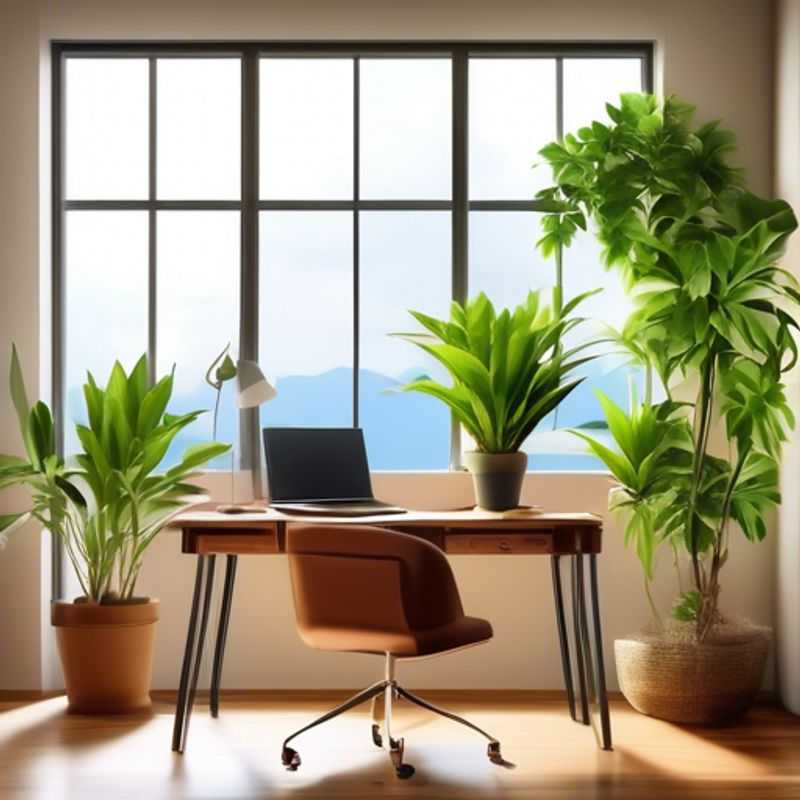
Top Things to Know Before Buying Desk Plants For Your Office: Sunlight, Maintenance, Size, Toxicity, Watering, Drainage, and Temperature
Ah, the allure of a verdant desk! Bringing nature into our workspace is a fantastic idea, but like any engineering project, it requires careful planning.
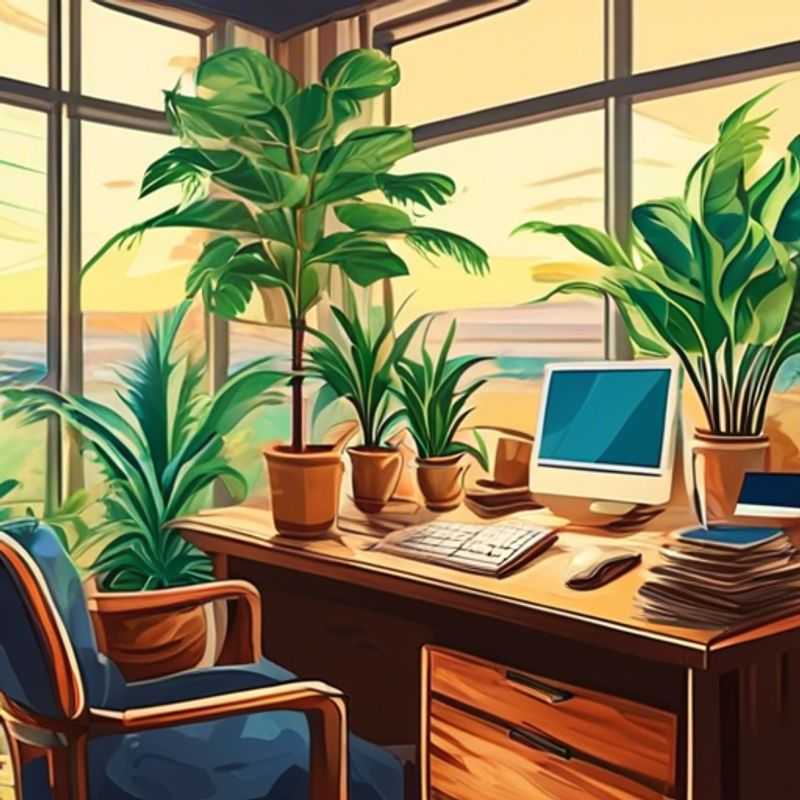
Sun-Kissed Workspace: Determining Sunlight Exposure for Your Desk
Determining the amount of sunlight your desk area receives is crucial for both comfort and productivity. Sunlight can enhance mood and energy levels, while too much can lead to glare and overheating. A simple way to assess sunlight exposure is to observe the desk area throughout the day, noting times of direct sunlight, shade, and the overall brightness.
To get a more precise estimate, you can use a light meter. These devices measure the amount of light in lux or foot-candles, allowing you to compare the light levels at your desk with recommended guidelines. Many smartphone apps can also act as light meters.
If you're considering a desk placement change, consider using a sun path app. These apps can visualize the sun's position throughout the year and help you predict how sunlight will affect your chosen location. Some apps even offer free trials.
Remember, accurate information is key to making informed decisions about your workspace. By considering the amount of sunlight your desk area receives, you can create a more comfortable and productive environment.
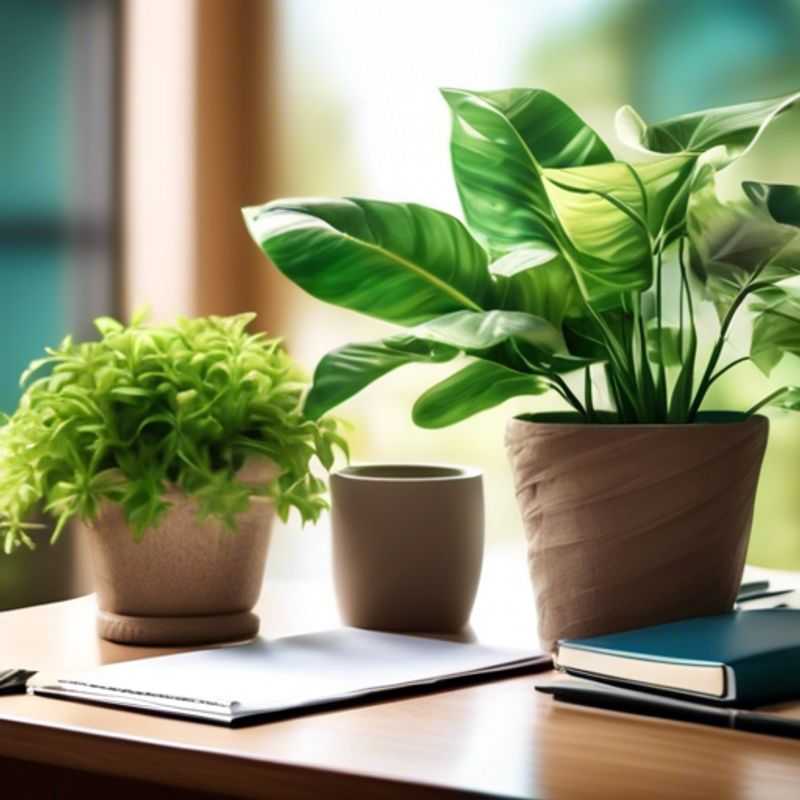
Office Oasis: Choosing Low-Maintenance Plants for a Thriving Workspace
Bringing nature indoors can boost employee well-being and productivity, but maintaining plants in an office environment can be a challenge. Low-maintenance plants, however, are ideal for busy offices as they require minimal care. Here are some top choices:
Snake plants are known for their resilience and air-purifying qualities. They can tolerate low light conditions and infrequent watering, making them perfect for desks or corners.
ZZ plants, also known as Zamioculcas zamiifolia, are another low-maintenance option. They can withstand neglect and are drought-tolerant, requiring water only when the soil is completely dry. Their dark green foliage adds a touch of elegance to any space.
Peace lilies are a beautiful choice for brightening up an office with their white blooms. They prefer bright, indirect light and require regular watering, but are relatively easy to maintain.
Spider plants are a popular choice due to their ability to purify the air and their easy propagation. Their cascading foliage adds a touch of green to high shelves or hanging baskets.
Cast iron plants live up to their name – they're extremely hardy and can tolerate low light, infrequent watering, and a range of temperatures. These are excellent options for beginners or those who forget to water their plants regularly.
When selecting plants, consider the office's lighting conditions. Most low-maintenance plants thrive in bright, indirect light, but some, like snake plants and cast iron plants, can tolerate lower light levels. Regular watering is key, but overwatering can be fatal for these plants, so it's important to allow the soil to dry out between waterings.
Investing in a plant humidifier can help create a more favorable environment for your plants, especially during dry seasons. You can also hire a professional to help you select and maintain the right plants for your office.
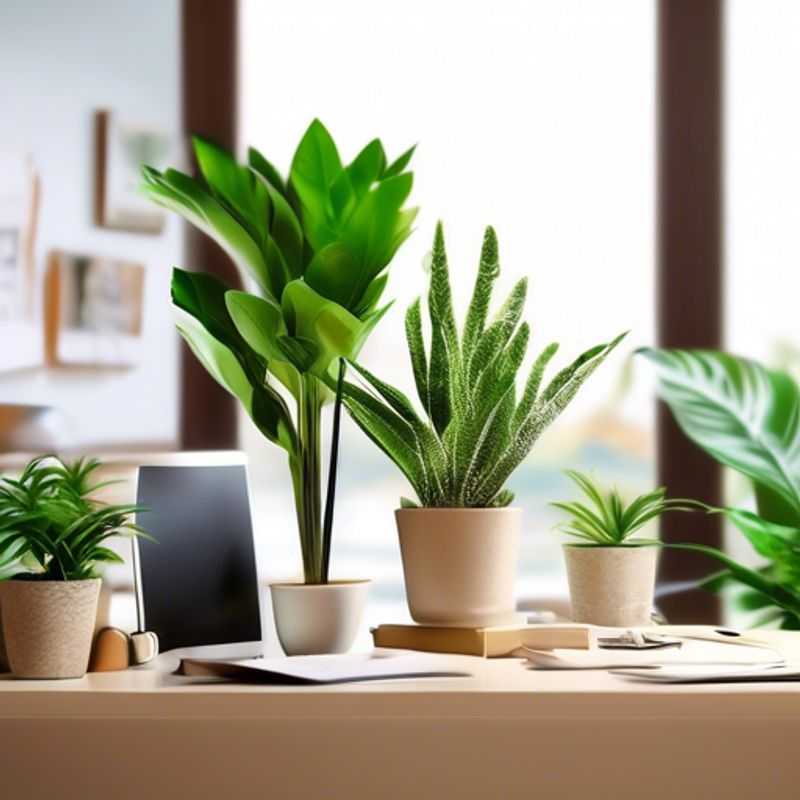
Desk Decor Done Right: Matching Plants to Your Workspace
When choosing plants for your desk, the size of the desk is a critical factor. Larger desks can accommodate larger plants, while smaller desks need smaller plants. Consider the overall aesthetics and the amount of space available. A large plant can overwhelm a small desk, while a small plant may get lost on a large desk.
There is no one-size-fits-all answer, and choosing the right size plant comes down to personal preference and practical considerations. Think about the size of your desk and the type of plant you want, then choose a size that fits well in the space. Remember, a well-chosen plant can add a touch of life and color to your workspace, improving its overall atmosphere.
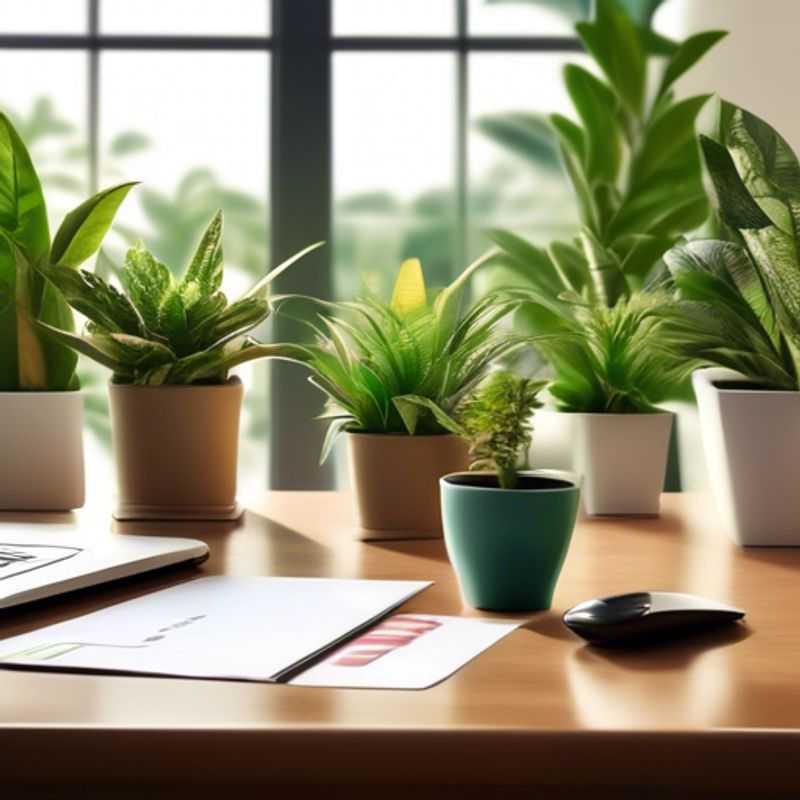
Office Oasis: Choosing Pet-Safe Plants for Your Green Space
Bringing greenery into your office can boost morale and create a more inviting atmosphere. But if you have pets, it's important to ensure the plants you choose are non-toxic. Many common houseplants can be dangerous to animals if ingested, causing symptoms like vomiting, diarrhea, or even more serious complications.
The ASPCA website is a great resource for determining if a plant is safe for pets. You can search by the plant's common name or browse their extensive list of toxic and non-toxic plants. Always err on the side of caution and choose plants known to be safe for pets. If you're unsure, consult with a veterinarian.
Consider these safe alternatives:
* Spider plants: Known for their air-purifying qualities and tolerance of low light.
* Cast iron plants: Extremely hardy and require minimal care, making them a good choice for beginners.
* Peperomia plants: These plants come in a variety of shapes and sizes and add a touch of color to any office.
* Areca Palms: Their fronds add a tropical touch to any space, and they are safe for both cats and dogs.
By choosing non-toxic plants, you can create a safe and welcoming environment for your furry friends and yourself.
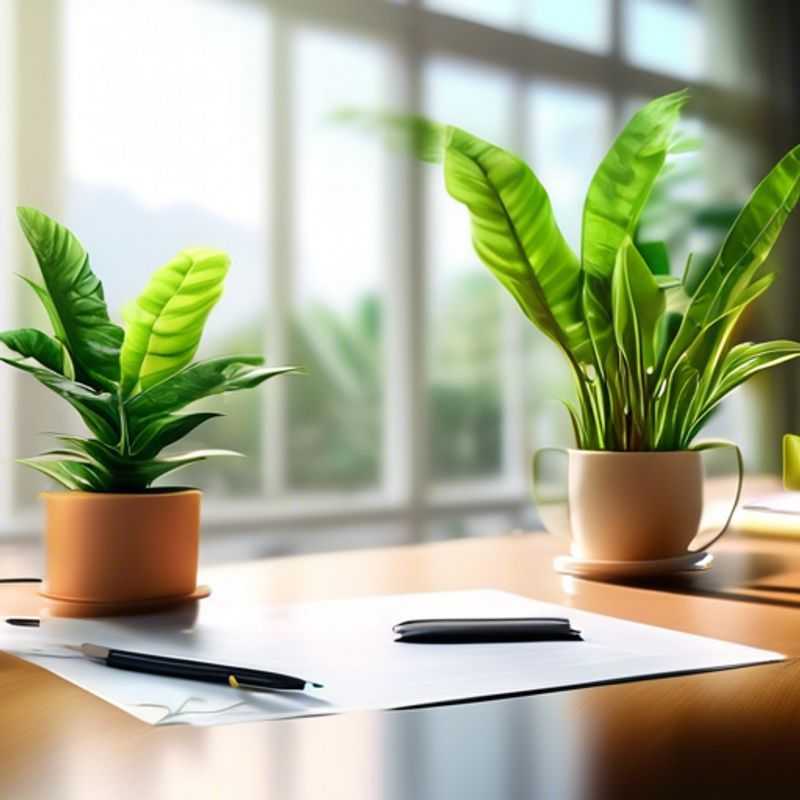
Hydrate Your Plants: Understanding Watering Needs and Building a Routine
Understanding the watering needs of your plants is crucial for their health and thriving. Different plants require different amounts of water depending on their species, soil type, climate, and pot size. Overwatering or underwatering can lead to various problems such as root rot, wilting, and stunted growth.
To research your plant's watering needs, start by identifying its species. There are numerous online resources and plant identification apps that can help you determine the specific requirements of your plant. Once you know the species, you can research its general water needs. Consider factors such as the plant's native environment, its leaf type (e.g., broad leaves require more water than needles), and the time of year.
Establishing a regular watering routine is essential for healthy plants. The frequency and amount of water required can vary depending on the factors mentioned above. It's best to water deeply and less frequently, allowing the soil to dry slightly between waterings. This encourages deeper root growth and promotes overall plant health.
When determining your watering schedule, consider using a moisture meter or a finger test to check the soil moisture levels. A moisture meter provides an accurate reading, while the finger test involves inserting your finger into the soil to assess its dryness. If the soil feels dry to the touch, it's time to water your plant.
Remember, overwatering is a common problem. It's better to err on the side of underwatering rather than overwatering. If you're unsure about your watering schedule, err on the side of caution and water less frequently. Monitor your plants closely for signs of underwatering or overwatering, and adjust your watering schedule accordingly.
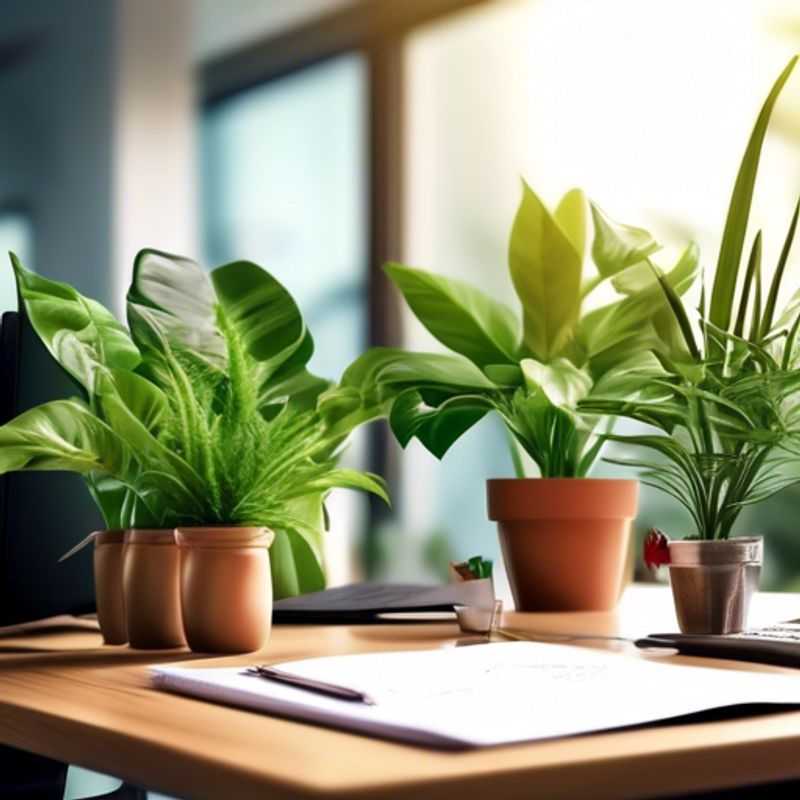
Preventing Waterlogging and Root Rot: Mastering Drainage Techniques
Proper drainage is crucial for healthy plant growth and can prevent waterlogging and root rot, which can kill plants. Waterlogging occurs when soil remains saturated with water, depriving roots of oxygen. Root rot is a fungal disease that thrives in moist conditions, damaging roots and preventing them from absorbing nutrients.
Here are some tips to improve drainage:
Choose the right soil: Sandy or loam soils drain well, while clay soils can retain water, increasing the risk of waterlogging. You can improve clay soil by adding organic matter, such as compost or manure.
Raised beds: Building raised beds with a good drainage layer, like gravel or crushed stone, ensures proper water flow away from plant roots.
Mulch: Mulching helps retain soil moisture while preventing it from becoming waterlogged.
Container drainage: Ensure containers have drainage holes and use potting mix designed for good drainage.
Slope your garden: If possible, slope your garden slightly to allow water to drain away.
Avoid overwatering: Water only when the top inch of soil feels dry.
Inspect for drainage issues: Look for signs of waterlogging, such as standing water or soggy soil. If you notice problems, take action to improve drainage.
Consider professional help: For more complex drainage issues, consult a landscape professional or an arborist for advice and potential solutions.
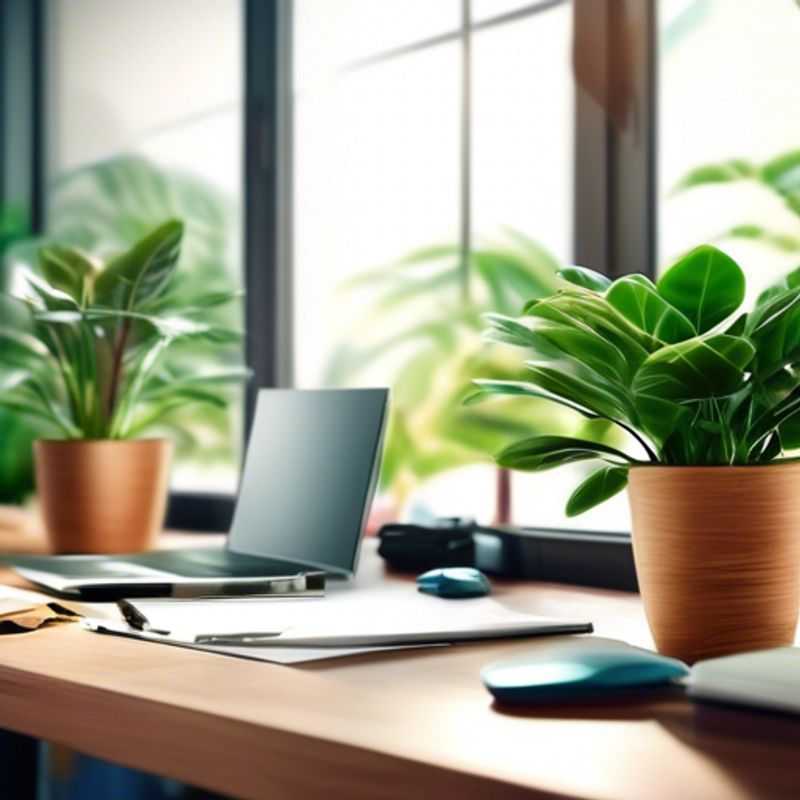
Unlocking Plant Happiness: Understanding Ideal Temperature and Humidity
Plants, like humans, thrive in specific environmental conditions. Understanding these conditions, particularly temperature and humidity, is essential for successful plant growth.
Temperature plays a crucial role in plant development. Each plant species has an optimal temperature range, referred to as its "comfort zone," where it grows best. Factors like photosynthesis, respiration, and growth rates are directly influenced by temperature.
Humidity, the amount of moisture in the air, also influences plant health. High humidity can lead to fungal diseases, while low humidity can result in wilting and dehydration. Plants require a balance of moisture in the air to maintain optimal growth.
Finding the ideal temperature and humidity for your plants is crucial. This can be achieved through various methods.
Temperature can be managed using thermostats, heaters, fans, and even strategically placing your plants in your home.
Humidity can be adjusted by using humidifiers, pebble trays, or strategically grouping plants together.
To ensure your plants are thriving, it's important to research the specific requirements of each plant species. There are numerous online resources available, and consulting a local gardening expert can provide valuable insights.
